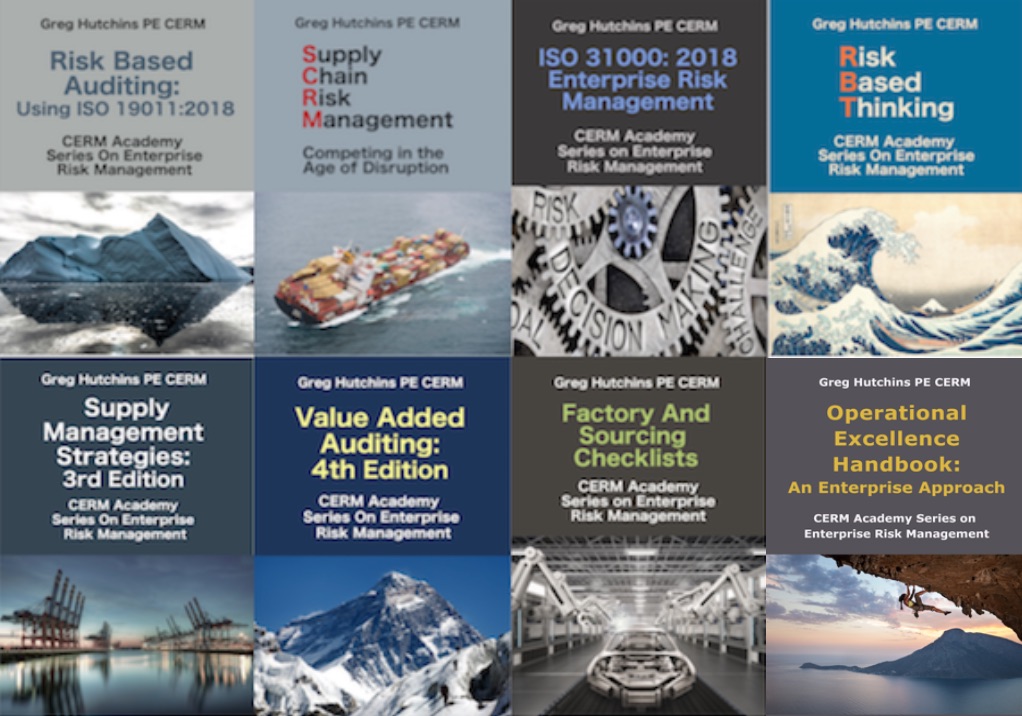 Enterprise risk management (ERM) and total quality management (TQM) share some similarities.
Enterprise risk management (ERM) and total quality management (TQM) share some similarities.
- Both grew to prominence as a result of policy circumstances, quality as a result of Japanese competitiveness and risk as a result of financial excesses in corporate America and homeland security.
- Both share common concepts and techniques, but use different words for them
- Both have similar methodologies.
- Both follow a similar deployment mechanism.
- Both follow a capability maturity model (CMM) curve.
- Both rely on the board of directors and senior management to set the example and lead the initiatives.
- Both focus on variance from targets or objectives.
- Both emphasize that ultimate responsibility for quality and risk rest with process owners.
- Both are company wide initiatives.
- Both focus on achieving business objectives.
- Both are process based.
- Both have a hard technical side and soft people side.
The differences between the two are also compelling.
- Risk management is relatively in its infancy, while quality is a mature technology.
- Quality, even six sigma, seem to have a tactical focus, largely emphasizing execution and metrics.
- Risk management is a board level, CEO, and CFO concern.
- Risk management is largely driven by financial regulatory and statutory compliance concerns.
As you can see the similarities between ERM and TQM are more pronounced than the differences.
Hot Tip: The following are analogous:
- Enterprise risk management < = > Quality management
- Risk assurance < = > Quality assurance
- Risk control < = > Quality control
Bio:
Greg Hutchins PE and CERM (503.233.101 & GregH@QualityPlusEngineering.com) is the founder of:
CERMAcademy.com
800Compete.com
QualityPlusEngineering.com
WorkingIt.com
He is the evangelist behind Future of Quality: Risk®. He is currently working on the Future of Work and machine learning projects.
He is a frequent speaker and expert on Supply Chain Risk Management and cyber security. His current books available on all platform are shown below:
